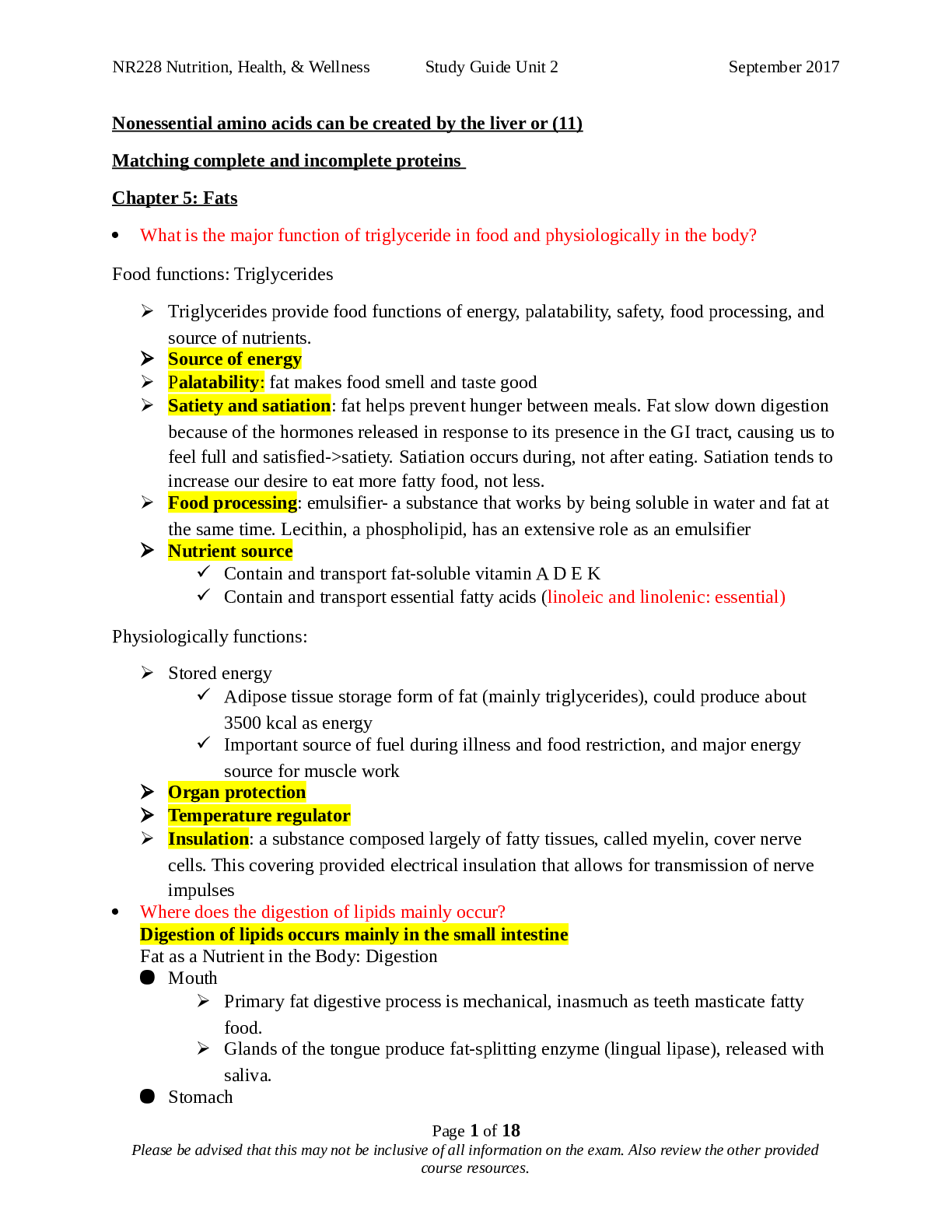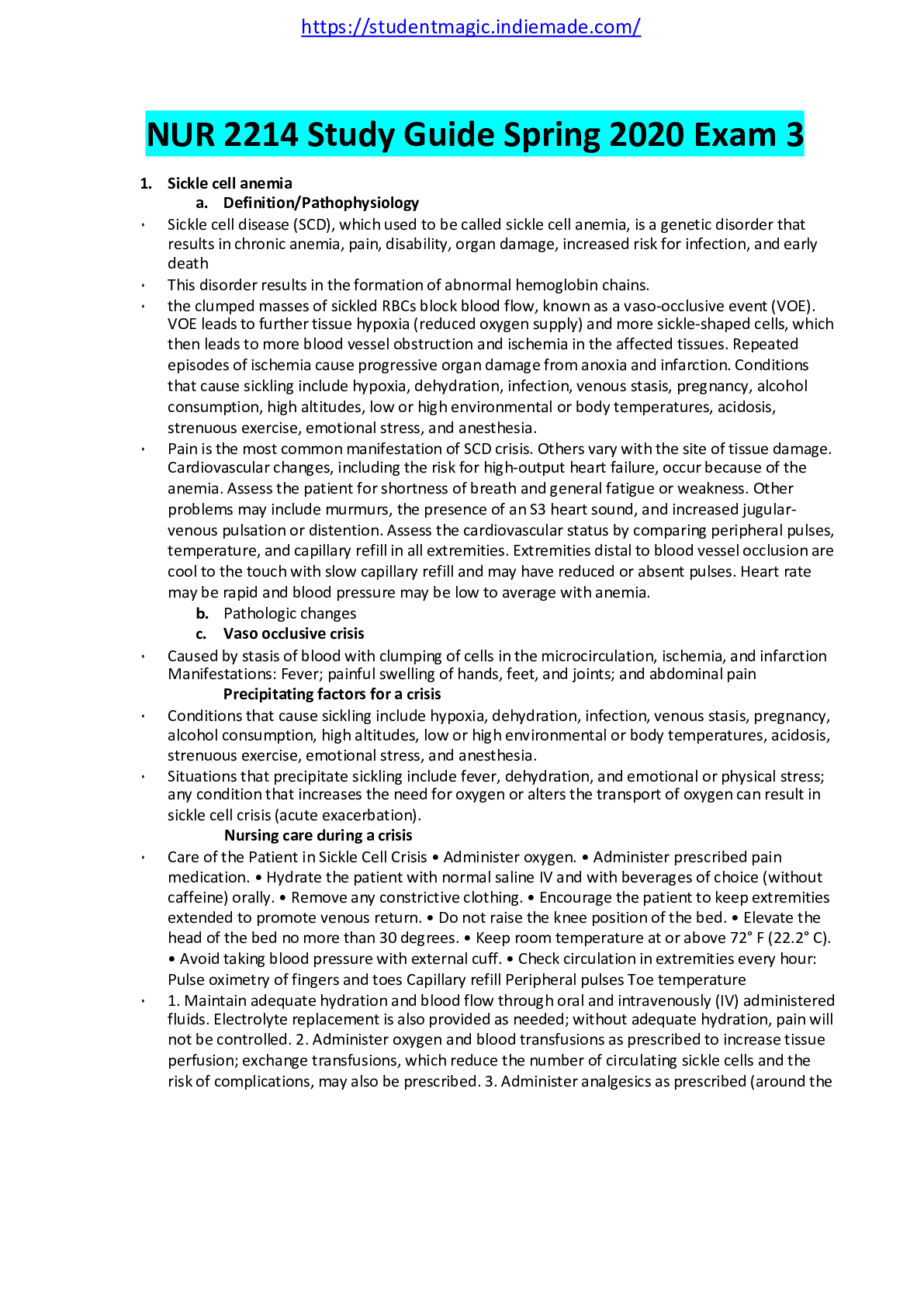Business Management > STUDY GUIDE > Royal Melbourne Institute of TechnologyBUSM 4693ExampleLiterature ReviewTech (All)
Royal Melbourne Institute of TechnologyBUSM 4693ExampleLiterature ReviewTech
Document Content and Description Below
1.0 Literature Review The following literature review has been divided into four subsections, covering how new technology will affect work-life balance, the current technological dynamics affecting ... the workforce, labour market and skills and automation affecting the workforce. These four topics were selected and addressed after careful consideration of our research in relation to new technology impacting the workforce in 2040. All these factors associated to ‘new technological advancements; are predicted to impact the future of work. 1.1 How new technology will affect work-life balance (Kate) Work-life balance as defined by the Oxford English Dictionary is the “division of one’s time and focus between working and family or leisure activities” (Arenofsky 2017). Traditionally, technologies and hardware utilised to perform the tasks undertaken by businesses were found in the workplace and used during working hours (Duxbury & Smarty 2011). Over the last few decades one factor that has had a major influence on work-life balance has been new technologies (Burchielli et al. 2008). With the introduction of new technologies as a platform to open up communications between the office, clients, customers or services, we see an increase of telecommuting (Scholarios & Marks 2004). Telecommuting or telework is the completion of work outside of the office, and in is the earliest form of virtual offices (Bailey & Kurland 2002). A virtual office gives individuals the ability to take their work with them, through the use of portable electronic tools and communication technology advancements. Organisations are adapting to a much more flexible working environment regarding the location and time work is conducted (Hill et al. 1998). It is evident that work-life balance and job satisfaction have been positively correlated, and job satisfaction leads to lower turnover rates, higher engagement in the job and higher productivity (Scholarios & Marks 2004; Kanwar et al. 2009). In a survey completed by 3000 graduates in China, the US and Britain, it showed that 90% of US participants and 87% of Chinese participants would actively look for employers that have corporate social values that align with their own (Khallash & Kruse 2012). With work-life balance an area of growing importance to the individual worker, to increase quality of life (Greenhaus 2003), the future of work and the effect of work-life balance due to new technologies may see organizations utilize these platforms as a competitive advantage [Show More]
Last updated: 1 year ago
Preview 1 out of 4 pages

Reviews( 0 )
Document information
Connected school, study & course
About the document
Uploaded On
May 15, 2021
Number of pages
4
Written in
Additional information
This document has been written for:
Uploaded
May 15, 2021
Downloads
0
Views
48


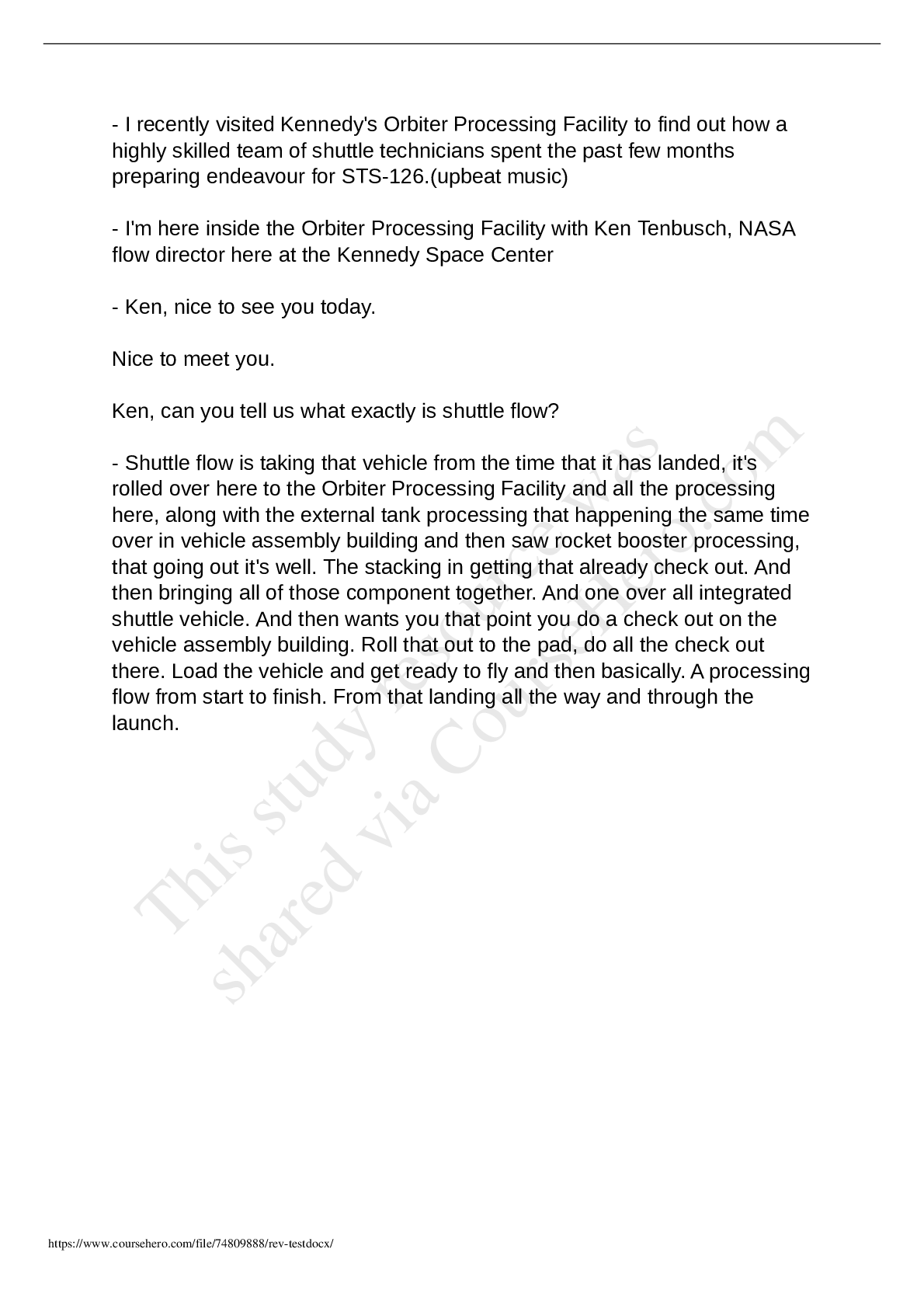

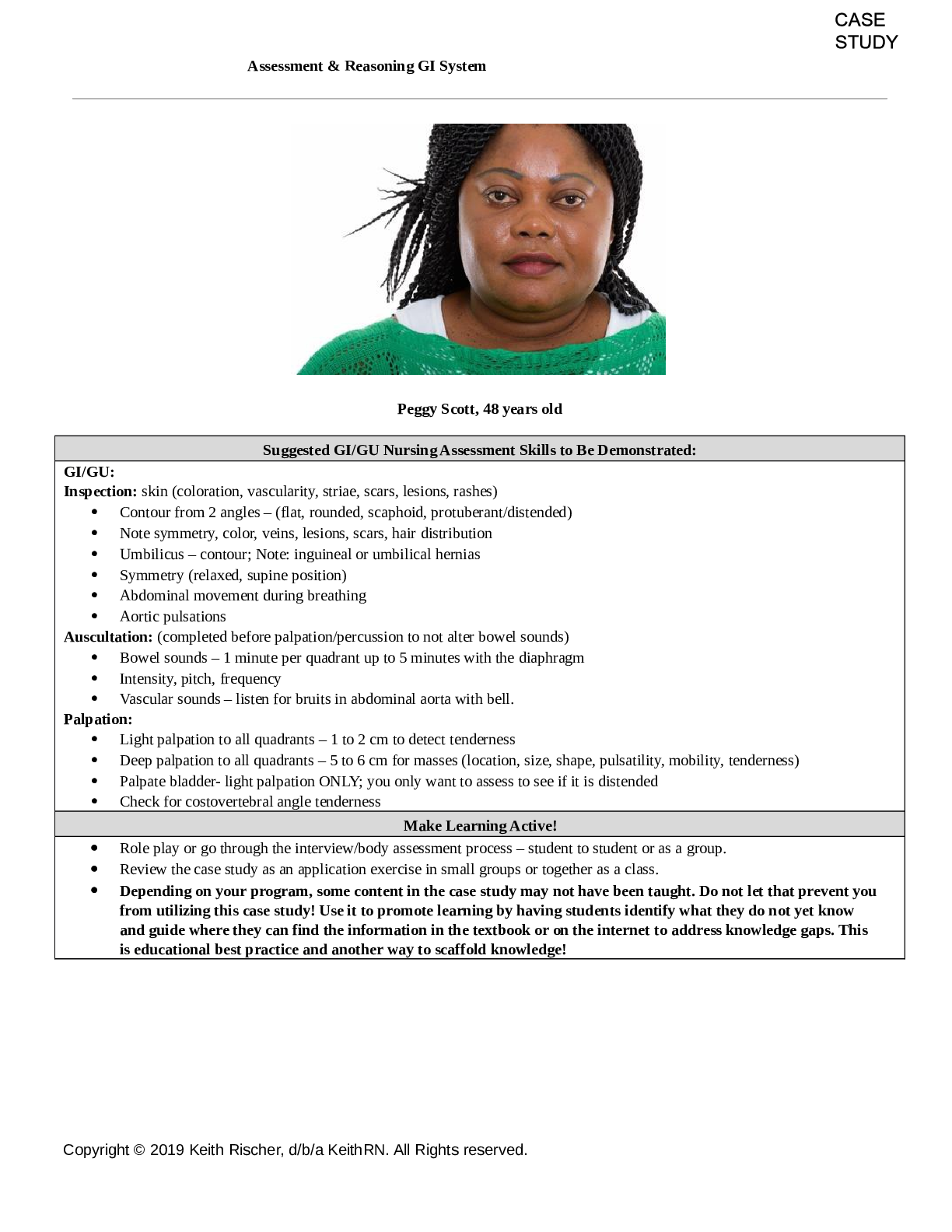




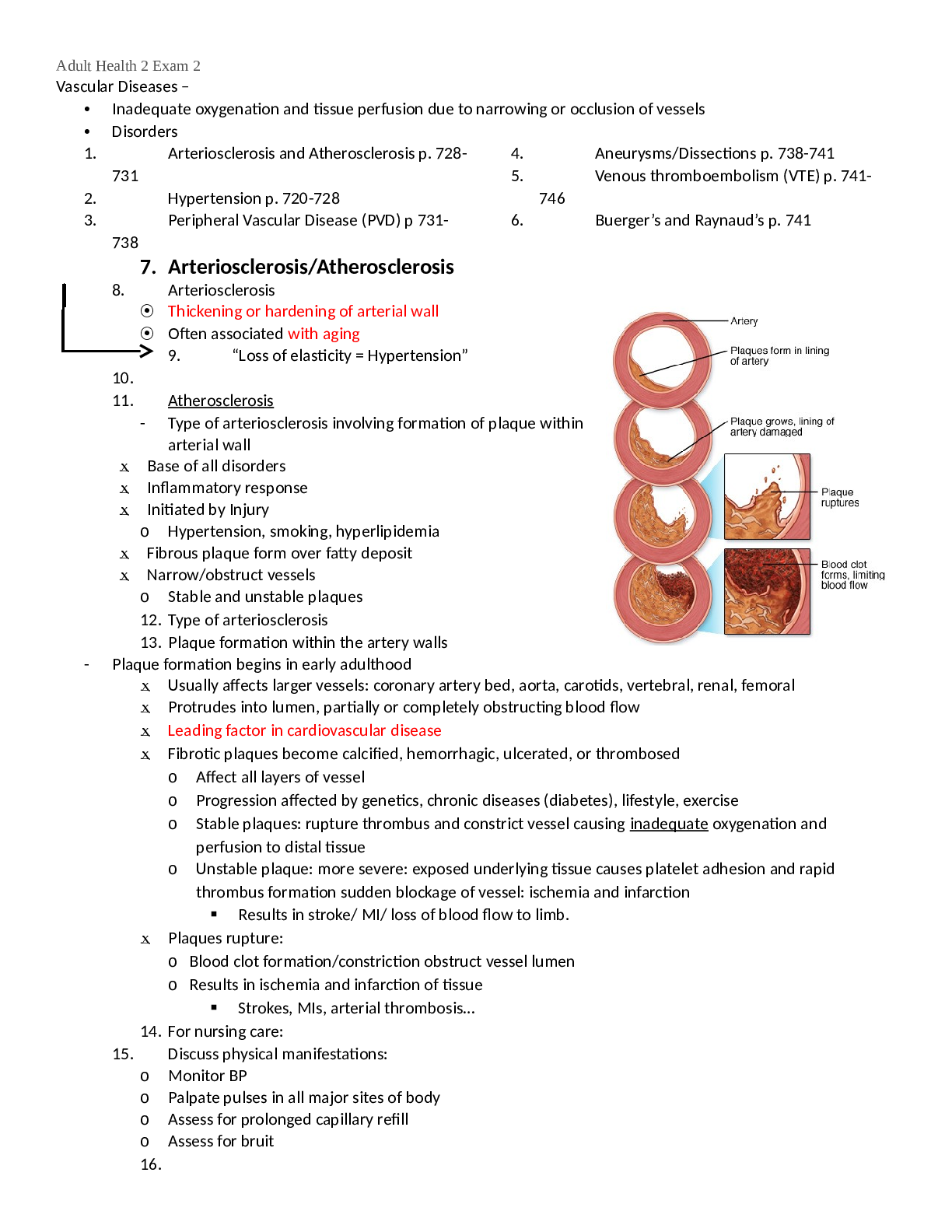
.png)


.png)

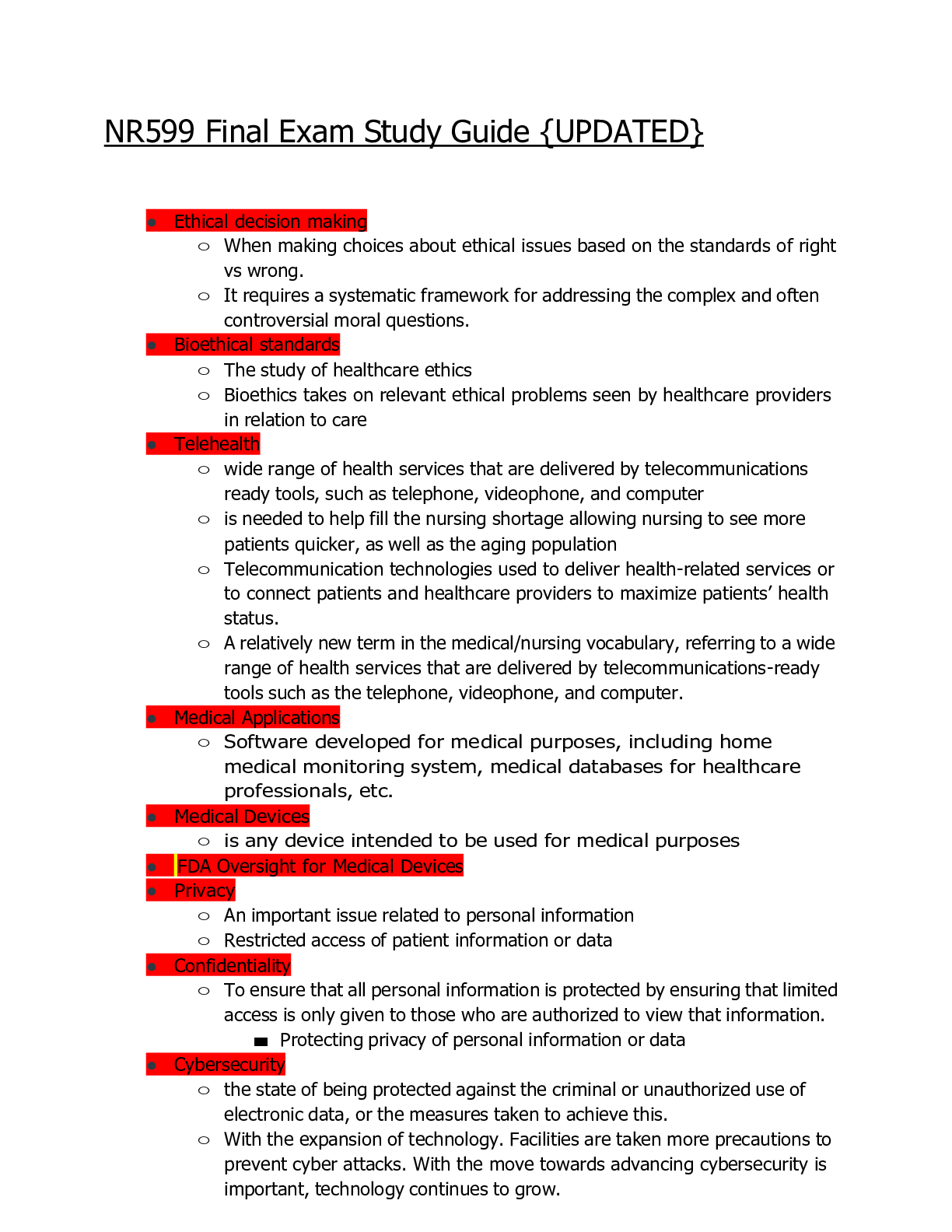







.png)





